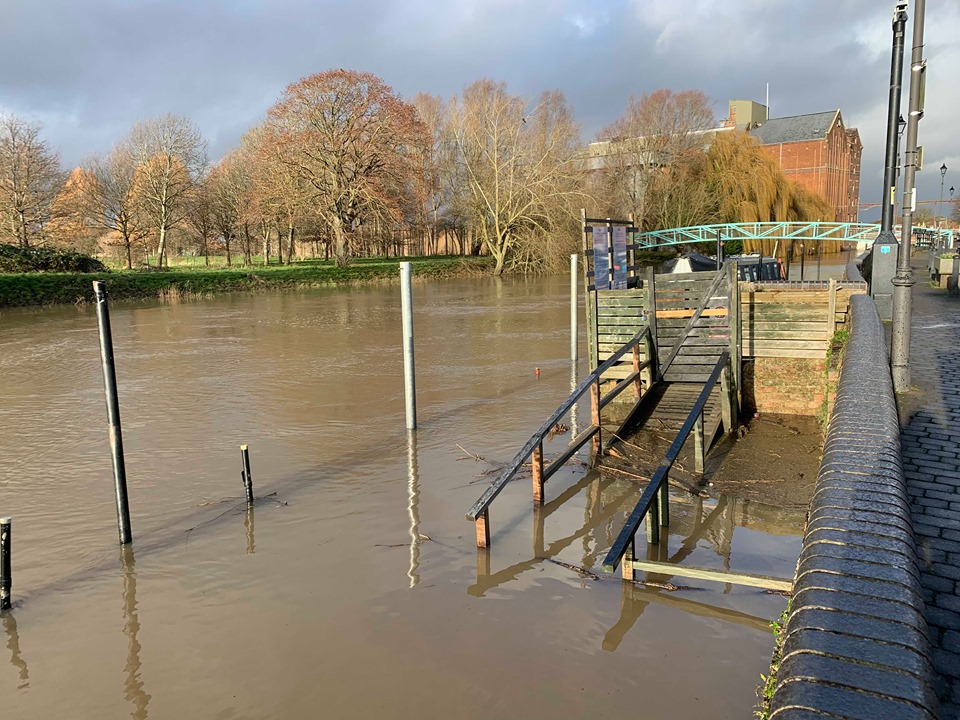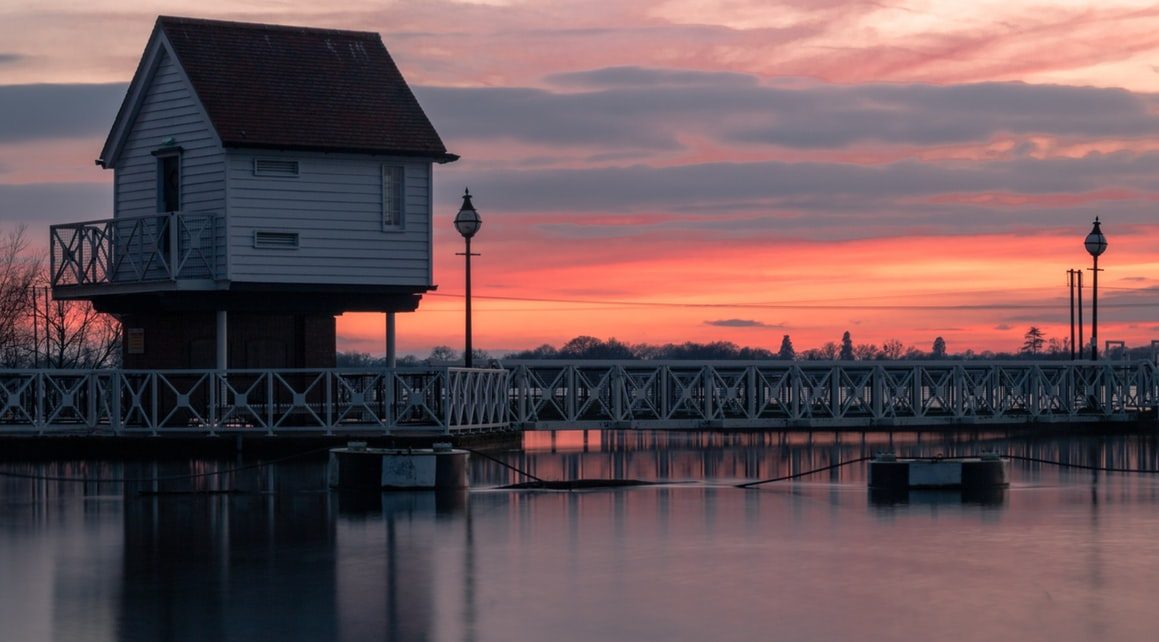13 deaths, 50, 000 homes affected, 10,000 motorists stranded and 850 families living in caravans.
20th July 2007, a day that had started off like any other.
140mm of rain had fallen within just a few hours, resulting in Tewkesbury becoming a remote island with no access to the rest of the country. Those who had the chance to leave, could, whilst others had to remain to salvage their belongings.
Life in this historic town had come to a complete halt. Electric supplies were switched off and taps were run dry with 95% of homes without water; the only thing keeping residents sane was the game ‘how many things can we spot floating,’ which ranged from bins and chairs to bikes and people. This was the largest loss of essential services since the Second World War.
“Living in Tewkesbury lock house and regularly surrounded by floods meant we have to use a dingy to get in and out of our home”. -Tewkesbury resident Pete Lancaster.
It was named the country’s worst natural disaster, with modes of transport such as Italian hovercraft and Royal Navy helicopters called to the town in order to be a part of the flood rescue operation. The Mythe Water Treatment Works was forced out of action, which subsequently meant emergency water dispersal had to be put in place for the residents. Tewkesbury had to appoint 85 water bottle distribution points and direct distribution was available to those who were considered vulnerable.
July may have already been considered one of the wettest months on record for the country, but no one had forecast this amount of destruction.
And perhaps you could argue this was to be expected? The Gloucestershire town is at the confluence of Rivers Severn and Avon, making it an obvious and unfortunate flood target.
Multiple housing estates had also been built on infamous flood plains around the town too, such as the densely populated estate Walton Cardiff/Wheatpieces, pushing the water to go elsewhere. “They are wanting to built on Mitton Bank now, a very flood prone area”, exclaims Laura Haines-Gill, “and once the water cannot flood those fields, where will it go?”.
The destructive reputation has taken its toll on businesses within the area too. Whilst tourist spots as The White Bear, Tewkesbury Marina and even The Abbey suffered damage from the floods, other businesses that didn’t still received backlash. Caroline Cornell owns the Break Vintage shop in the town centre. “As a shop owner in the high street, I have been fortunate enough that our building has not flooded, but the media attention stops people coming into town and consequently we get fewer customers”.
After conducting a survey that was shared to the people of Tewkesbury, I discovered that 81% of residents believe the town does in fact have a recurring flood problem, and this years events is an obvious example of this.
It was only last month when Tewkesbury saw the rivers burst their banks for the fourth time in twelve years, making it one of the worst downpours for a while.

“November’s flooding was something that wasn’t anticipated” utters councillor Philip Awford. Philip has been a committed member of Tewkesbury council and the flood defences for two decades now, but his anxiety for the town and those living there still remains.
“A lot of people haven’t got Individual Property Protection and live with the consequences, some have adapted their properties so they’re more recoverable more quickly. The problem with IPP is that not everybody signs up for it. In communities where a lot of properties are at risk, where one or two might sign up, it doesn’t help the ones who don’t”.
But what about the town as a whole? Where do you find the funds and willingness to finally put a stop to this, I ask.
“We could help Tewkesbury and the parishes running all the way to Gloucester considerably if we managed to get flood water through Gloucester more quickly. Across our flood plains we have so much water trying to squeeze through about 850m at Gloucester. And of course when you get tidal impact at Gloucester that tends to act as a bit of a stopper, in an ideal world you’d want it to drain out into the sea. Okay, you wouldn’t get the ideal funding in one hit, but if you are prepared to write out a 20 year strategy and did that every year for 20 years then that would be the way to do it”.
Can we purely blame this flooding crisis on Tewkesbury’s lack of funding and desire to finally resolve it? Philip takes full responsibility for decisions within his team, but confirms that “we have to relate it to climate change”.
“The parishes by the river know what can happen, what they don’t like is that the frequency is just going up. The people can argue about climate change, but with extreme weather patterns you’re going to get more and more frequent flooding and the problem is it’s not going to decrease, it’s only going to get worse”.
What really has been done between then and now?
Whilst residents of Tewkesbury may question what has been done since this crisis, the Environment Agency have worked tirelessly to prevent this ever happening to the town again.
As well as providing the people is areas of risk with prevention classes, the EA have built 34 flood defences and a cofferdam, and Severn Trent has spent more that £36 million on new pipelines and flood defences around the water treatment works.
Worried about flooding where you are?
River levels are expected to peak on the River Severn and red flood warnings have been put in place this weekend in Tewkesbury. River and sea levels are regularly monitored by the Government Environment Agency website. The site include camera shots of rivers to keep an eye on river levels and also enables you to enter your postcode to get flood information from your nearest station.
